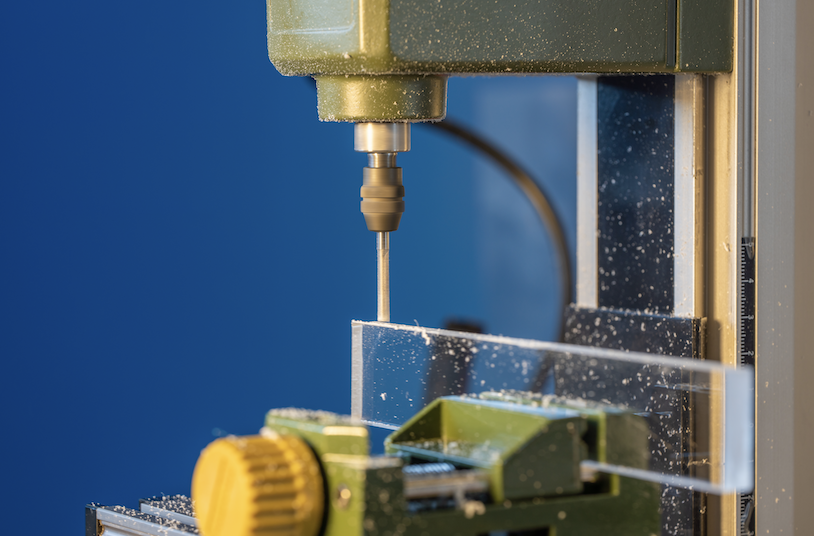Plastic Fabrication: The Ultimate Overview
Plastic Fabrication: The Ultimate Overview
Blog Article

Plastic fabrication is the process of constructing plastic products using various techniques. This industry plays a crucial role in multiple sectors, including electronics and packaging. In this article, we will explore the fundamentals Plastic Fabrication of plastic fabrication, covering its methods, uses, and advantages.
Plastic Fabrication Methods
There are several popular methods for fabricating plastic, each designed for specific purposes. These include:
- Thermoforming: Heating plastic sheets to form desired shapes.
- Injection Molding: Forcing molten plastic into a cast to create complex parts.
- Blow Molding: A process used for hollow plastic products, such as bottles.
- Extrusion: Shaping plastic by pushing it through a mold.
- CNC Machining: Trimming plastic with precision-based machines.
Where is Plastic Fabrication Used?
Plastic fabrication is used in a variety of industries, including:
- Medical: Manufacturing of surgical tools.
- Automotive: Fabricating lightweight, durable vehicle parts.
- Electronics: Constructing casings, circuit boards, and insulation materials.
- Packaging: Designing wrappings for consumer goods.
- Construction: Fabricating PVC pipes, insulation panels, and structural components.
Why Choose Plastic Fabrication?
There are several notable benefits to plastic fabrication, including:
- Cost-Effectiveness: Minimized material and production costs.
- Durability: Strong against chemicals.
- Flexibility: Easily molded into unique shapes and sizes.
- Lightweight: Great for transportation applications.
- Recyclability: Sustainable material options.
Conclusion
Plastic fabrication is a essential process that enables innovation across a multitude of industries. With advancements in technology, the future of plastic fabrication looks promising. Whether in healthcare, the impact of plastic fabrication is undeniable.
Report this page